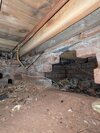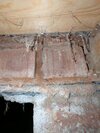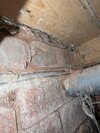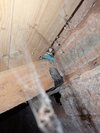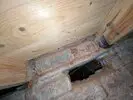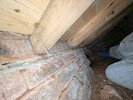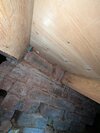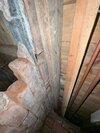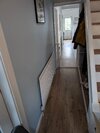- Joined
- 11 Nov 2024
- Messages
- 9
- Reaction score
- 0
- Country

I run a dehumidifier most of the time in the house in cooler months. Without it it probably runs around 60 at reasonable temperature. We get some condensation on external walls. I put a hygrometer in the subfloor recently and it was getting like 87 but probably not surprising with that standing water.You wouldn't get condensation on radiator pipes if the heating's on. You get it on cold pipes in damp rooms - usually the cold feed and toilet header tank get a good coating that can often look like a leak.
If the air in your house is exceptionally damp AND the heating's off and stone cold then it's possible it's condensation. But I still find that theory unlikely given that it's wet enough to make the paint darker.
Does your heating system require manual top ups via a filling loop? If so then do you find it loses pressure and needs topping up regularly?
Do you have a water meter? If so then take a reading down to the very last digit and arrow position, ideally take a photo, before you're next about to go out for a day trip. Check when you return, if it's moved then there's a leak.
Measure the humidity with a decent meter. If it's above 60% at a reasonable living temperature then it's too wet. Above 70% is definitely a problem.
I still think it's way too severe to be rising damp, but you're guessing unless you get the floor up at the bottom of that wall and have a proper look.
My boiler is old and tends to run at quite high pressure, it does drop the pressure when cool but once it's on it goes up to around 2. If it's filled to 1 when off then it can go up to 3.
I can try and crawl underneath through existing hole and take a picture.
The meter isn't going up and the leak detection people found no leak.

